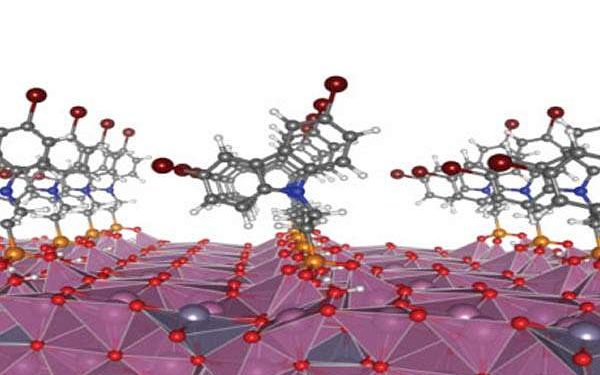Stacking Molecules Enhances Organic Solar Cell Efficiency
by Riko Seibo
Tokyo, Japan (SPX) Aug 08, 2024
Harnessing solar energy is essential for a sustainable future. For this, efficient optoelectronic devices like solar cells are crucial. Researchers at Osaka University have discovered a new method to enhance these devices’ efficiency by controlling the stacking of light-absorbing molecules.
Organic optoelectronic devices, including solar cells, are gaining popularity due to their flexibility and lightweight nature. Their efficiency relies on how well their light-absorbing organic molecules convert light into ‘free-charge carriers’ that generate electric current. The energy required to create these carriers is known as ‘exciton-binding energy.’
Lower exciton-binding energy means easier generation of free-charge carriers, improving device performance. However, designing molecules with low exciton-binding energy in a solid state has been challenging.
The research team found that the exciton-binding energy in solid materials is influenced by how molecules stack together, a phenomenon known as aggregation.
“We synthesized two types of similar star-shaped molecules, one with a flexible center and the other with a rigid center,” explains lead author Hiroki Mori. “The individual molecules behaved similarly when they were dispersed in a solution, but quite differently when they were stacked together in thin solid films.”
The rigid molecules stack well, like plates, while the flexible molecules do not. Consequently, in a solid state, the rigid molecules exhibit much lower exciton-binding energy than the flexible ones. To confirm this, the team built a single-component organic solar cell and a photocatalyst using each type of molecule. The devices made with the rigid molecules demonstrated superior performance due to their low exciton-binding energy, which led to high free-charge carrier generation.
“Our findings, that making molecules that aggregate well can decrease the exciton-binding energy, are really exciting,” says senior author Yutaka Ie. “This could provide us with a new way to design more efficient optoelectronic devices.”
The research underscores the importance of molecular interaction in solids for device performance. It suggests that designing high-performance optoelectronic devices should consider beyond individual molecular properties. This approach to reducing exciton-binding energy could drive the next generation of optoelectronic device architectures.
Research Report:A Dibenzo[g,p]chrysene-Based Organic Semiconductor with Small Exciton Binding Energy via Molecular Aggregation
Related Links















